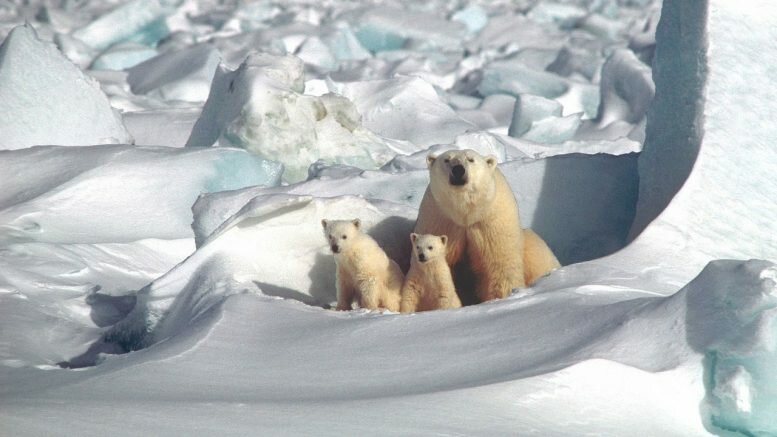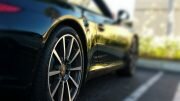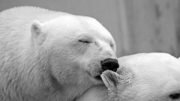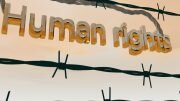Tragic sight on Svalbard – Polar bear cubs eat plastic
During a boat trip on Svalbard in June, the nature photographer Olav Thokle finally caught sight of a small polar bear family on a small island. But the joy was short-lived.
Because even though the pictures of the polar bear mother and her two cubs on the island in Liefdefjord in the north of Svalbard turned out splendidly, the photographer was saddened when he found out what was on the menu of the two cubs.
– The polar bear mother was having a nap while the kids played with a big garbage bag they had found on the shore. The plastic bag was quickly torn into shreds before it went down the cubs gullets, says Thokle.
Increased littering
The aim of the trip was to photograph arctic nature and wildlife, with the polar bears in as the focus, but Thokle says that he is increasingly seeing colorful plastic waste, empty bottles or residual fishing gear through his camera’s view finder.
– It can be tempting to omit these foreign elements from the pictures. After all we do not wish to see that. It is nevertheless important to document the less scenic aspects of existence, he believes.
Research shows that every minute, about 15 metric tons of plastic ends up in the oceans. The researchers believe that about 70 per cent of the plastic ends up on the seabed. The amount of plastic in the Arctic also shocks the researchers.
More plastics than fish
In Norway, 8,000 metric ton of micro-plastic is yearly released. micro-plastic is particles thatl are less than 5 millimetres in size.
Worldwide, around 8 million ton of plastic are every year deposited in the world’s oceans. According to the World Economic Forum, there will be more plastic waste in the oceans than fish if the problem is not resolved by 2050.
Once the plastic has wound up in nature, it can pollute for hundreds, if not thousands, of years.
© NTB scanpix / #Norway Today




